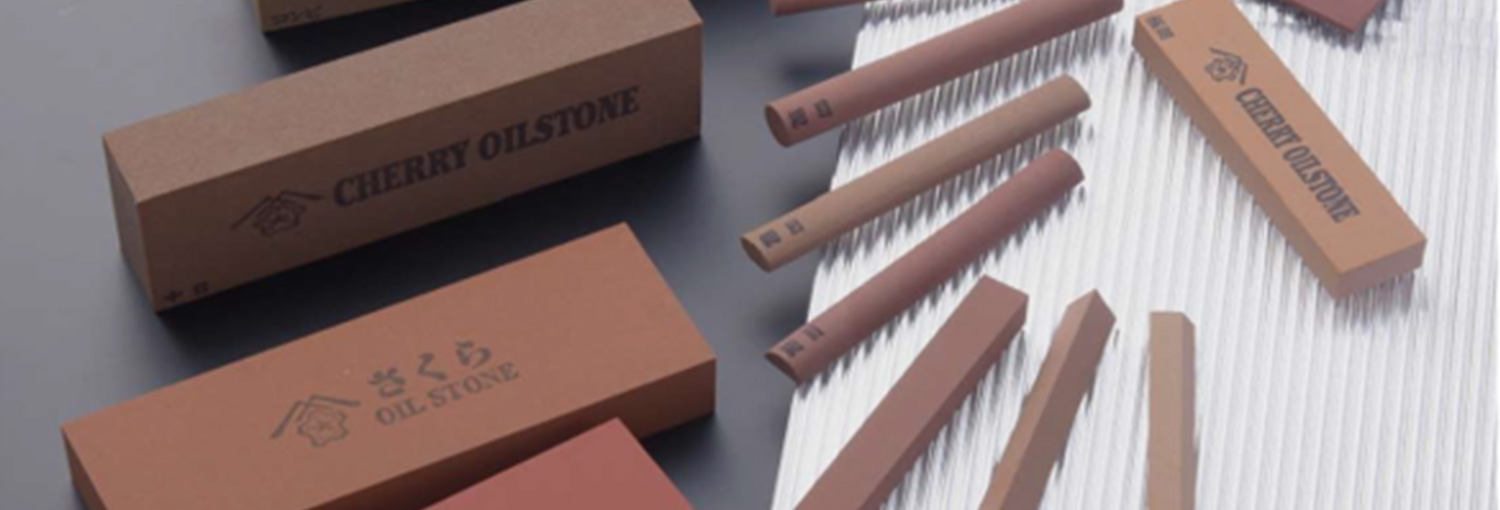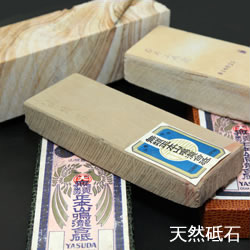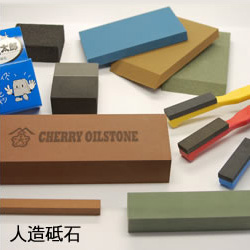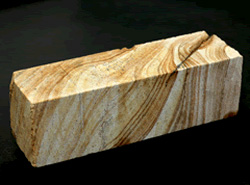History of whetstone
“Grinding stones are the earliest tools in history”
 Since ancient times, many high quality natural stones have been found in Japan, and they have been used as various tools. The history of stone tools is very old, and it is said that stone tools called polished stone tools were already being made in the Jomon period (710-794). Polished stone tools were made by polishing and sharpening stones with sand or stones, and were indispensable for people's daily lives in those days. In Japan, stone mining and processing were particularly developed, and polished stone tools from the Jomon period are known as an early form of this technology.
Since ancient times, many high quality natural stones have been found in Japan, and they have been used as various tools. The history of stone tools is very old, and it is said that stone tools called polished stone tools were already being made in the Jomon period (710-794). Polished stone tools were made by polishing and sharpening stones with sand or stones, and were indispensable for people's daily lives in those days. In Japan, stone mining and processing were particularly developed, and polished stone tools from the Jomon period are known as an early form of this technology.
During the Paleolithic period, the most common type of stone tools were percussion tools, which were made by breaking stones and using their sharp edges, and many of these tools were relatively simple in shape. As time progressed into the Jomon period, however, techniques were developed to select hard stones that were resistant to cracking and to polish them over time. The polished stone tools thus created were used as tools for felling and processing wood, such as stone axes and stone hammers, and contributed to the development of housing construction techniques. In particular, it is believed that advances in techniques for felling and finely processing wood led to the construction of pit-type dwellings, which improved the living environment and stabilized people's lives.
This history shows that grinding stones have played an extremely important role in the development of mankind's tool making using stone. The whetstone is truly one of the oldest tools we have in our hands, and it is a valuable historical tool that incorporates primitive yet sophisticated techniques. The Japanese culture of the whetstone has been passed down through the years and continues to play an important role in today's manufacturing.



